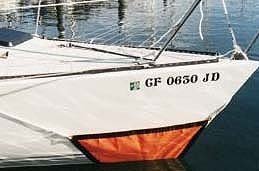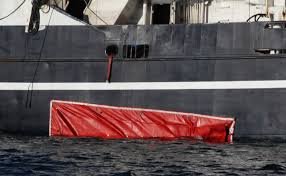Simi 60
Guru
- Joined
- Jul 1, 2016
- Messages
- 5,482
- Location
- Australia
- Vessel Make
- Milkraft 60 converted timber prawn trawler
Possibly a solution if you never go far.But the pumps will buy you time while Sea Tow or the like respond with their pumps.
Do you ever travel anywhere where they don't exist?
No such thing in most of the world, you are on your own.
We have 4 x 3500gph pumps with float switches at various heights, the last one is alarmed
An additional 2 x 4000gph 240v submersible trash pumps available at the flick of a switch.
+ 2x 3500gph pumps with float switches in the spares locker.
Batteries and genset are about 3 ft higher than the bilge.
I reckon we'll be ready to leave if they look like getting drowned.
In theory, the fitted pumps can pump around 80 ton of water an hour.
Last edited:


